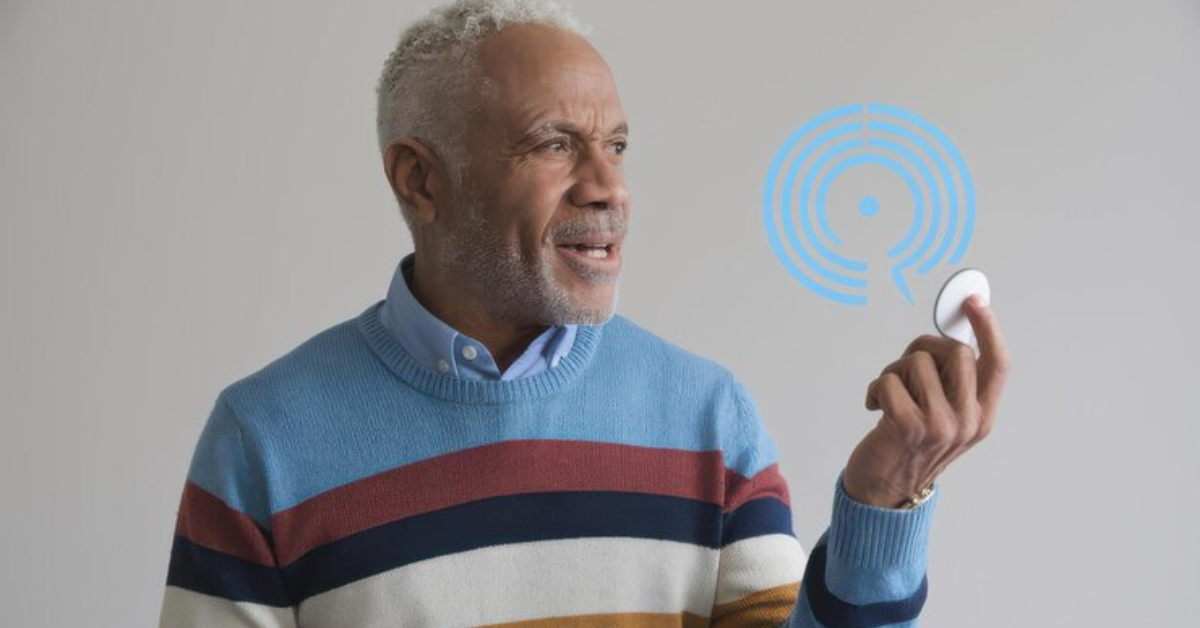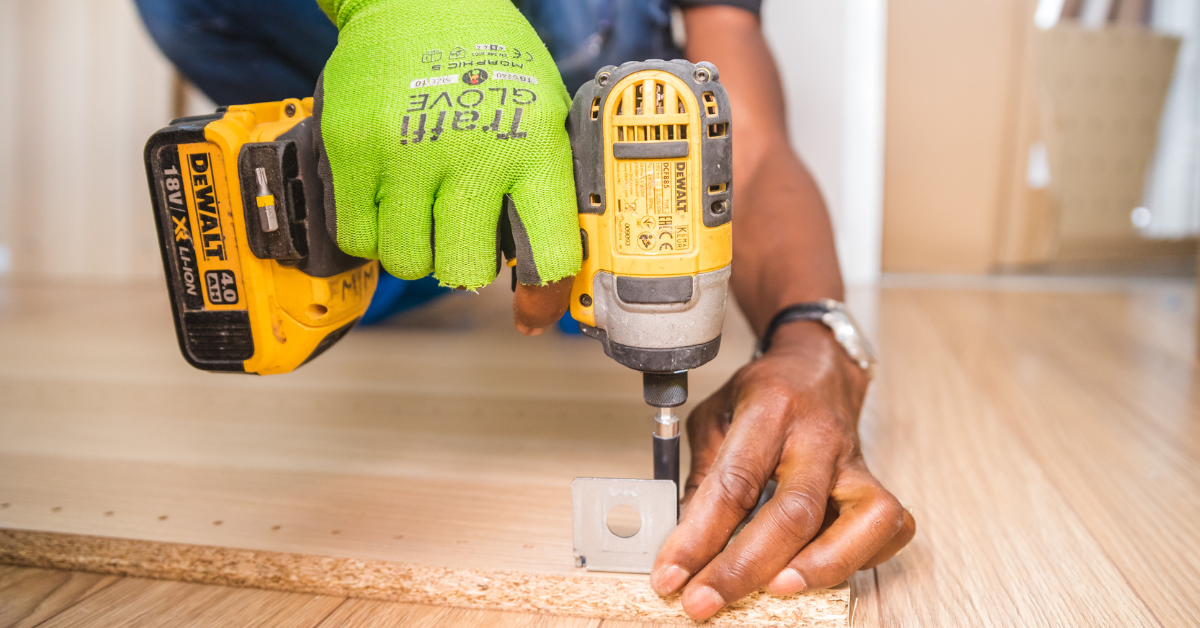
The Cost of Medical Alert Devices: What Seniors and Families Should Know

*Collaborative Post
As people age, safety and peace of mind become top priorities. Medical alert devices have become essential for seniors living alone or with minimal supervision. These systems are designed to connect seniors to emergency services or loved ones quickly, ensuring they get the help they need when it matters most. However, while the benefits are clear, many families hesitate because they are unsure about the actual costs involved.
Understanding the costs associated with medical alert systems—upfront fees, monthly expenses, and hidden charges—can help seniors and families make an informed decision. From understanding Life Assure prices to comparing overall expenses across providers, this article breaks down everything you need to know.
What Are Medical Alert Systems?
Medical alert systems are wearable devices or stationary units that allow seniors to call for help at the press of a button. These systems connect the user to a monitoring center or a caregiver, ensuring immediate assistance in case of an emergency.
Typically, these systems include:
- A base station (connected to a landline or cellular network)
- Wearable devices like pendants or wristbands with an emergency button
- 24/7 monitoring services, ensuring a live operator responds when the button is pressed
Medical alert systems can also include features like automatic fall detection, GPS tracking, and two-way communication. While the technology is life-saving, the cost of purchasing, maintaining, and monitoring these systems can vary significantly.
Breaking Down the Costs of Medical Alert Devices
When looking at medical alert systems, costs usually fall into three major categories:
1. Upfront Equipment Costs
2. Monthly Monitoring Fees
3. Additional Fees or Hidden Charges
Let’s break these down one by one to see what seniors and their families can expect.
1. Upfront Equipment Costs
The first cost to consider is the price of the equipment itself. While some medical alert companies provide equipment for free with a subscription, others charge an upfront fee for the devices.
- Basic Systems: Basic in-home systems that include a base unit and a wearable device can cost anywhere from $50 to $150 upfront.
- Advanced Systems: Devices with added features like fall detection or GPS tracking typically range from $150 to $300 upfront.
Some providers also require you to purchase the equipment outright, while others allow you to rent it as part of your monthly plan. Renting equipment can save you money upfront but might cost more in the long run.
2. Monthly Monitoring Fees
Monitoring fees make up the bulk of medical alert system costs. This fee covers access to a 24/7 monitoring center staffed by trained professionals who respond to emergencies.
Here’s what you can expect:
- Basic Monitoring: Plans for in-home systems usually cost between $20 to $40 per month. These plans are suitable for seniors who spend most of their time at home.
- Advanced Monitoring: Systems with GPS tracking, fall detection, or mobile functionality can cost $40 to $60 per month. These plans are ideal for active seniors who need coverage both at home and on the go.
Some providers offer discounts for quarterly or annual payments, which can help reduce costs over time. Always ask about these options when choosing a provider.
3. Additional Fees and Hidden Charges
Beyond equipment and monitoring, there are often other fees to consider. These can sometimes catch families off guard if they’re not informed beforehand.
- Activation Fees: Some companies charge a one-time activation fee, usually between $25 to $100, to set up the system.
- Cancellation Fees: If you decide to cancel the service early, you may face a cancellation fee, especially if you signed a long-term contract.
- Fall Detection Fees: While fall detection is a valuable feature, it’s often an add-on that costs an extra $5 to $15 per month.
- Shipping Fees: If the provider doesn’t offer free shipping, you may have to pay around $10 to $20 to have the equipment delivered.
To avoid surprises, always ask for a full breakdown of all potential fees before committing to a provider.
Are Medical Alert Systems Worth the Cost?
For many seniors and their families, the value of a medical alert system far outweighs the cost. These devices provide:
- Immediate Emergency Response: Whether it’s a fall, a medical issue, or a safety concern, help is just a button press away.
- Peace of Mind: Seniors can live independently while families rest easy knowing help is available 24/7.
- Faster Recovery: Quick access to emergency care can prevent minor injuries from turning into major health issues.
While the cost might seem like an added burden, the potential to save lives and reduce healthcare expenses makes medical alert systems an invaluable investment.
Ways to Reduce Costs of Medical Alert Devices
If the price of medical alert systems feels out of reach, there are several ways to reduce costs:
1. Compare Providers: Prices can vary widely, so take the time to compare options. Some providers might offer promotions or discounts.
2. Ask About Discounts: Many companies offer discounts for veterans, AARP members, or seniors purchasing annual plans.
3. Look for Free Trials: Some providers offer a 30-day trial period to let you test the system before committing.
4. Rent Instead of Buy: Renting equipment can reduce upfront costs, although it may lead to higher long-term fees.
5. Skip Extra Features: While features like fall detection are valuable, skipping them can lower monthly fees if they’re not absolutely necessary.
Choosing the Right Medical Alert System for Your Needs
With so many options on the market, choosing the right medical alert system can feel overwhelming. Here are some factors to consider:
1. Lifestyle: Are you looking for an in-home system or something mobile with GPS tracking? Active seniors may need a system that works anywhere.
2. Features: Decide which features are non-negotiable. Do you need fall detection? Two-way communication? Waterproof devices?
3. Costs: Understand all upfront and recurring costs before making a decision. Choose a system that fits your budget without sacrificing safety.
4. Customer Support: A reliable monitoring center is crucial. Look for companies with a strong reputation for quick response times.
Take the time to research and compare options before committing. Speak to providers directly, ask questions, and read customer reviews to make an informed choice.

Final Thoughts
Medical alert systems are an essential investment for seniors and their families. While the costs can vary based on the provider, features, and type of system, understanding the breakdown of expenses can make the decision easier.
From upfront equipment costs to ongoing monitoring fees, it’s important to budget carefully and weigh the benefits of each system. Ultimately, the safety, independence, and peace of mind that medical alert devices provide are priceless.
By doing your research and exploring options, you can find a system that meets your needs without breaking the bank. Whether you’re comparing Life Assure prices or other providers, prioritize reliability, affordability, and features that matter most to you.
Investing in a medical alert system is not just about cost—it’s about creating a safer, more independent future for seniors and peace of mind for their loved ones.
*This is a collaborative post. For further information please refer to my disclosure page.




